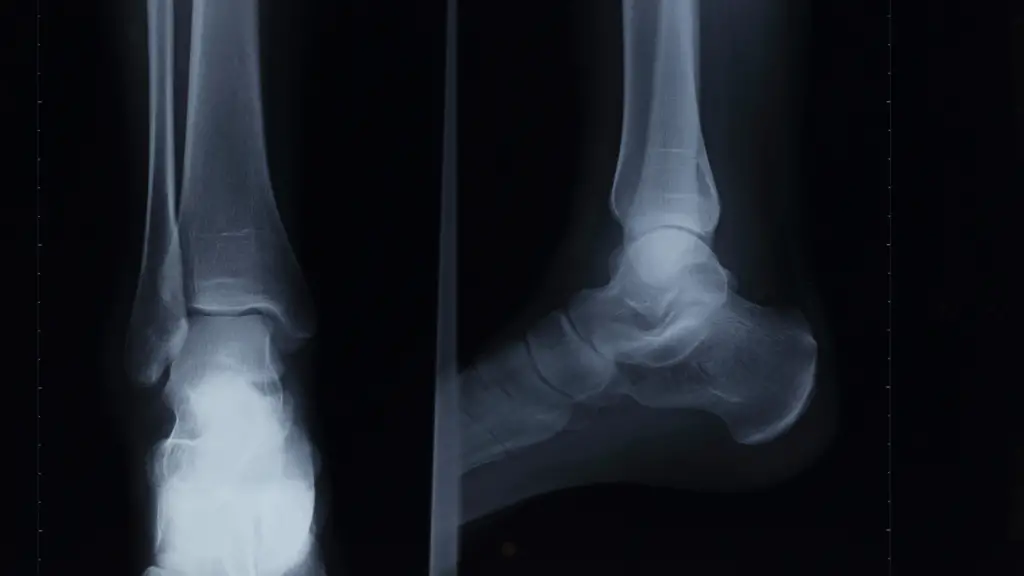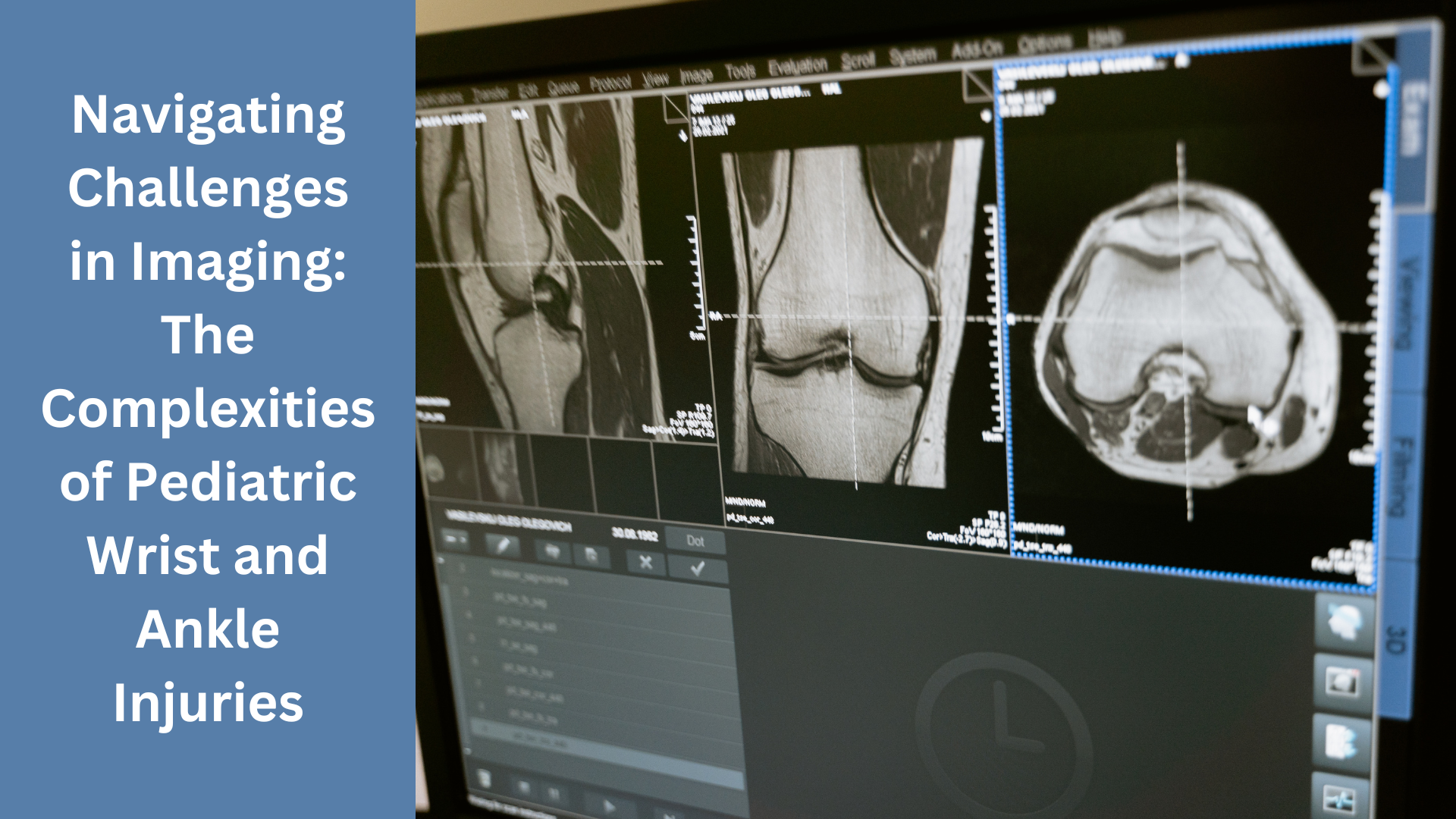Introduction:
As radiography technologists, we encounter many injuries in our work. While severe injuries may seem challenging in imaging due to their complexity, the less severe ones often pose unique difficulties.
In this blog post, we will explore the complexities of imaging broken wrists or ankles in small children, highlighting the pain, fear, and anxiety that can accompany these cases.
We will also discuss strategies to minimize patient movement and involve parents in imaging to provide comfort and support.
The Complexity of Pediatric Wrist and Ankle Injuries:
When imaging pediatric patients with broken wrists or ankles, the smallest movement can cause them significant pain. Additionally, their fear and anxiety, combined with the concern of their parents, can further complicate the imaging process.
Unlike more severe injuries, where patients may be unconscious or semi-conscious due to shock or pain medication, imaging less severe injuries in children requires delicate handling and empathy.
Strategies to Minimize Patient Discomfort:
To navigate the challenges associated with pediatric wrist and ankle injuries, radiography technologists employ various strategies to minimize patient discomfort. The primary goal is to limit movement as much as possible.
By carefully adjusting the position of the X-ray tube and image receptor around the child, technologists can capture necessary images while reducing the need for the child to move.
Involving Parents for Support:
Recognizing the emotional support parents can provide, radiography technologists encourage their active involvement in the imaging process.
Parents are often scared and upset when their child is injured, and by inviting them to be part of the procedure, technologists can help alleviate the child’s anxiety.
Providing parents with a lead apron and positioning them close to their child during the imaging process offers reassurance and helps create a more comfortable environment.

Conclusion:
Imaging pediatric wrist and ankle injuries can be particularly challenging for radiography technologists.
The combination of minimal movement causing significant pain, the fear experienced by the child, and the anxiety parents feel necessitates a compassionate and patient approach.
By minimizing patient movement through carefully positioning equipment and actively involving parents in the imaging process, technologists can create a supportive and reassuring environment for the child and their parents.
Ultimately, the aim is to capture necessary images while prioritizing the well-being and comfort of the young patient.

